How do whitetail deer survive
snowy winters with subzero temperatures?
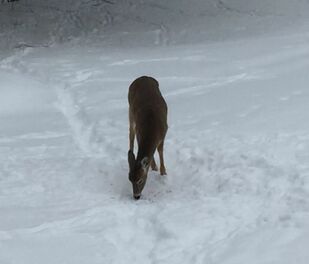
When I see the deer families passing the house on their way from the hill to the valley, I always wonder how they survive a winter that has been here now for over three months. Those deer families always stop under the bird feeders to lick up some bird feed that has fallen onto the snow before moving on. But these meager morsels can’t possibly help them survive the brutal northeastern winters.
What is their secret? Well it is a combination of biological and behavioral adaptations that allow them to survive.
In our post of December 20, 2018, we wrote about deer shedding their summer coat for a heavier winter coat in the Fall. This coat is composed of darker hollow guard hairs and a dense underfur giving them excellent protection. The darker guard hairs increase solar heat gain when they are in the sunshine and because they are hollow, excellent insulation. The fine wolly under pelt is an additional layer of terrific protection.
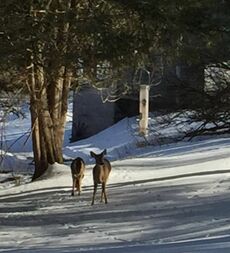
This fat layer is so important, that later-season born fawns will shift from growing muscle mass and height, to creating more fat.
This additional fat layer though is not enough to survive. So their metabolism and digestive systems change as well. Having adapted to less food during the northern winter months, their digestive system slows down markedly. Studies in North America have shown metabolic declines of as much as 50%. Thermal images of their bodies during very cold temperatures, shows that they can throttle back blood flow to their limbs and outer body layers, to conserve core heat and calories.
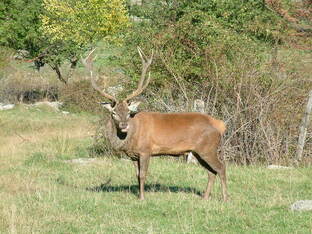 European Red Deer Buck
European Red Deer Buck Northern whitetails also have adapted by growing larger. Known as Bergmann’s Rule, it shows that in many species distributed over colder and colder latitudes, the northernmost cousins tend to grow larger in body mass. The larger the body mass, the less surface area there is to lose heat, therefore the more efficient the caloric expenditures. (As body mass increases, the increase in surface area decreases in proportion to the body mass). It probably also helps to have taller and heavier bodies to push through winter snows and reach higher branches to browse as well.
You can think in North America of the northern Moose, then the Elk, Mule Deer, Whitetails and southern Whitetails to see this decrease in size. But you see it in bears as well! The Polar Bear is the largest bear on earth, followed by the Kodiak Island and Kamchatka Peninsula Brown Bears, then the Grizzly Bears of the American west and the eventually southernmost black bears. They all demonstrate Bergmann's Rule.
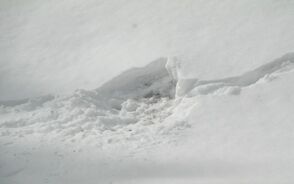
But what do they eat when the ground is covered in a thick layer of ice and snow? I saw them attacking the snow and ice with their hooves, making a hole to get to the soil where the grass is. These patches are called ‘scrapes’ by hunters. A scrape can be made by bears, racoons or turkeys- all doing the same thing. They can all smell the newer green growth below the snow, but the snow will tell the tale of who has been rooting around your house.
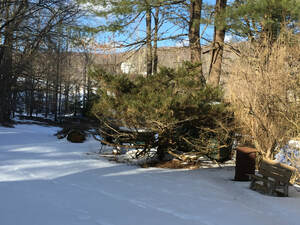 The browse line on our hemlock bush
The browse line on our hemlock bush 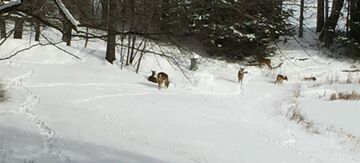 Two does and their yearling fawns
Two does and their yearling fawns Deer know what to do in winter. Their strategies work, most of the time… without our help!
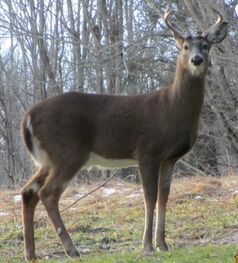
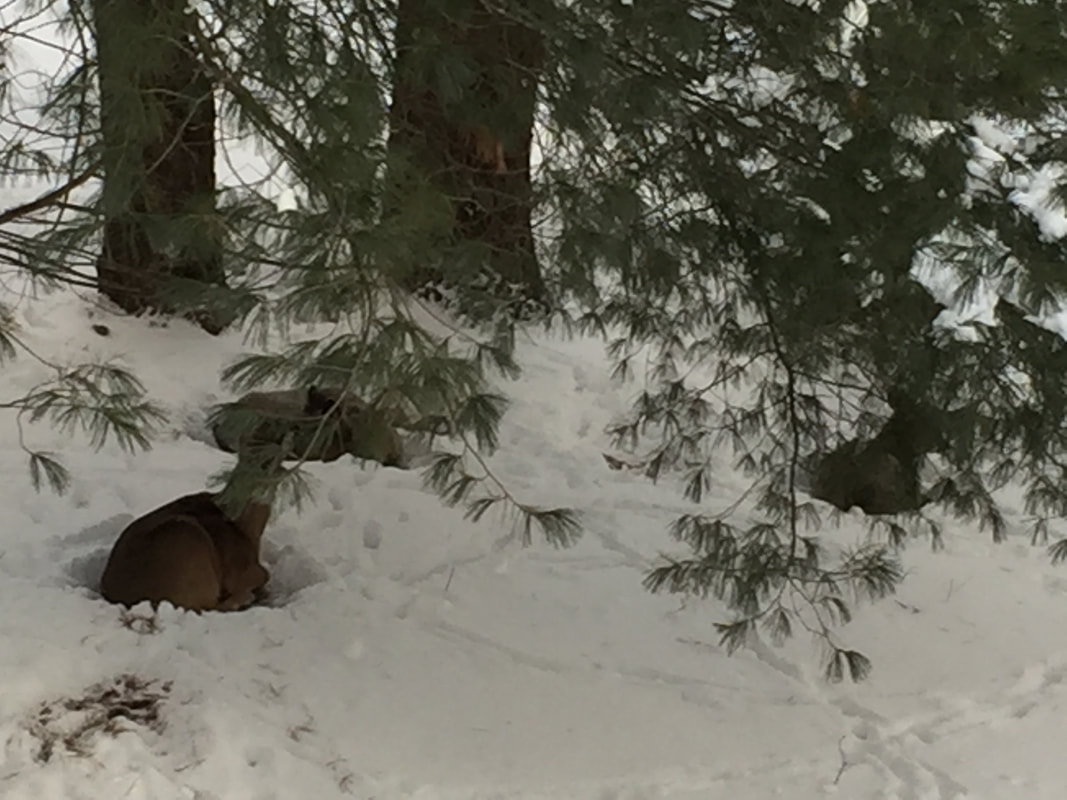
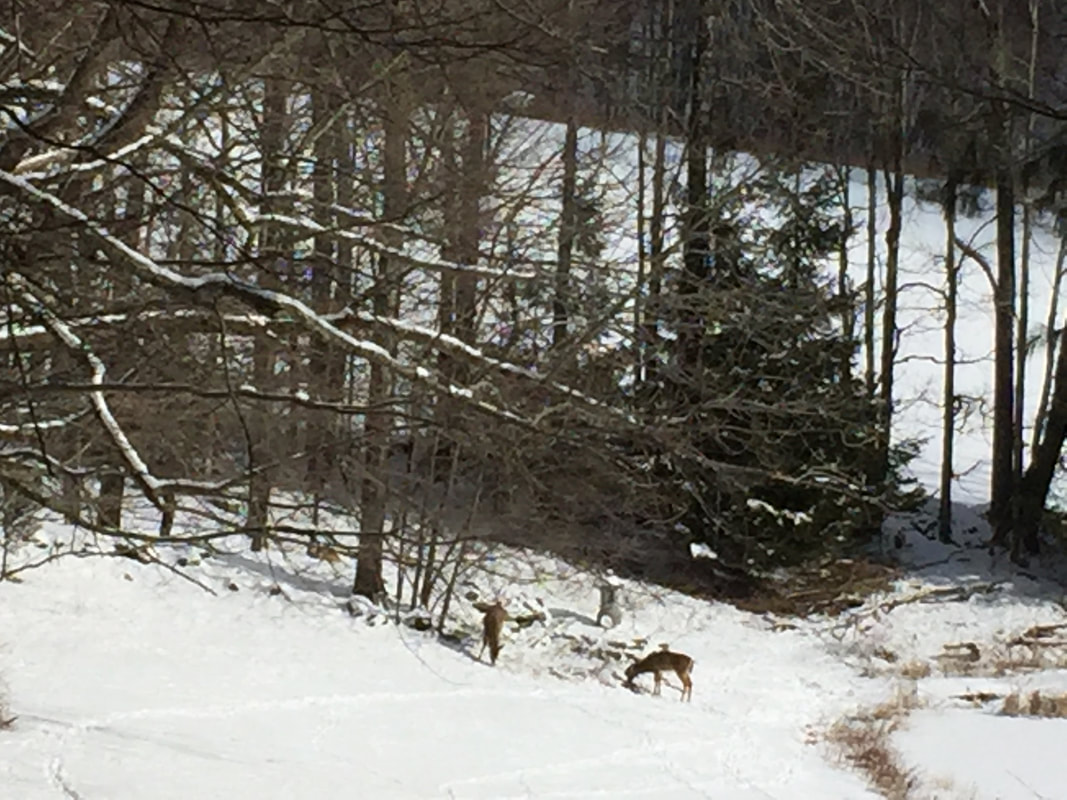
 RSS Feed
RSS Feed